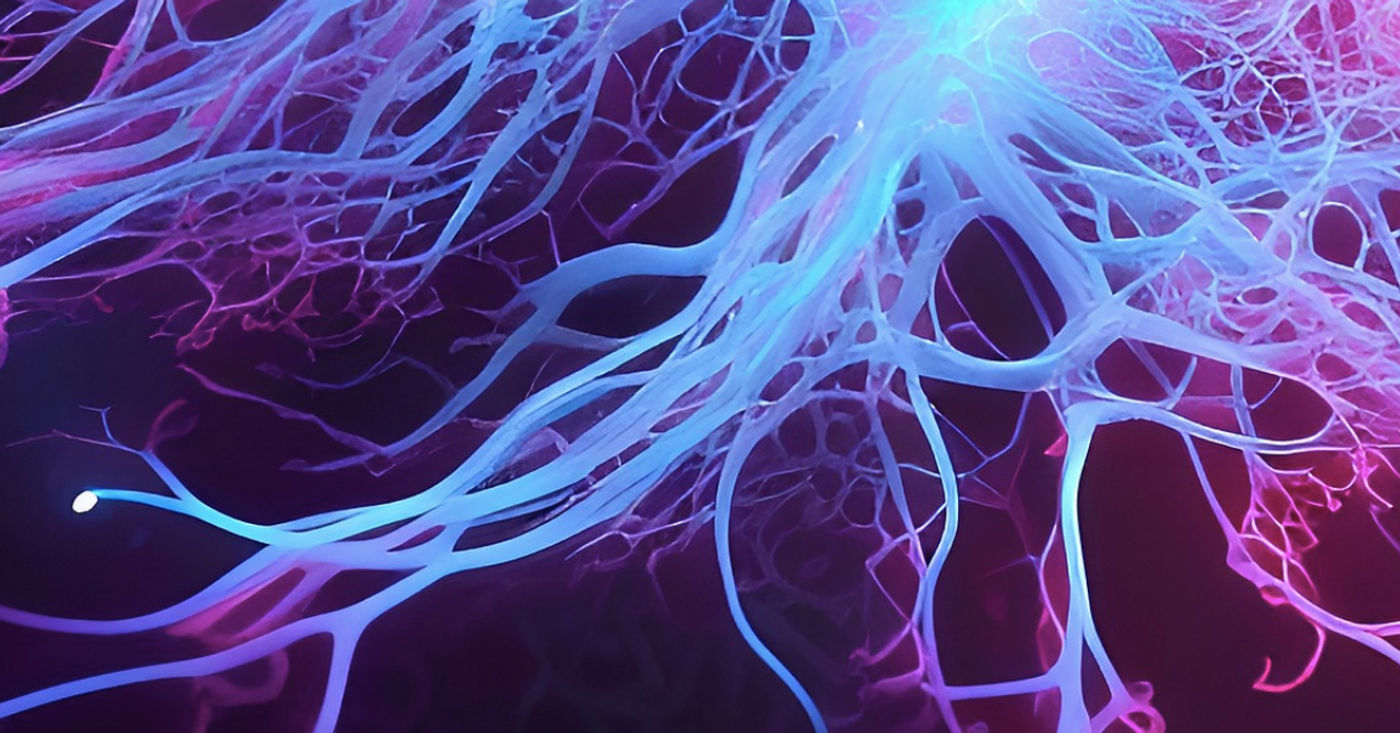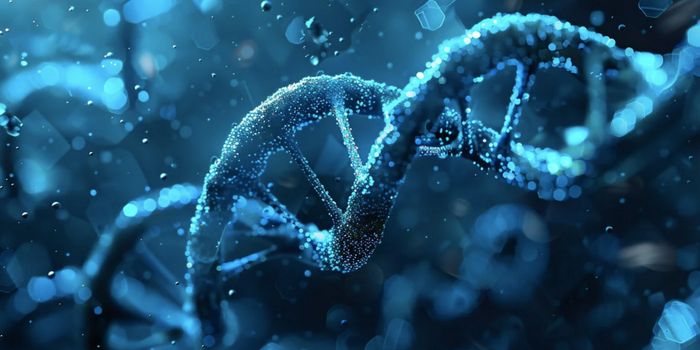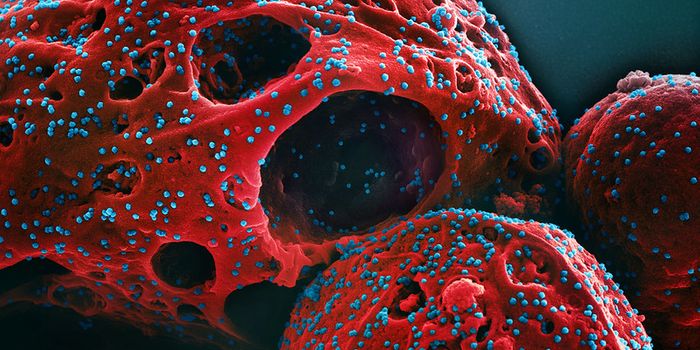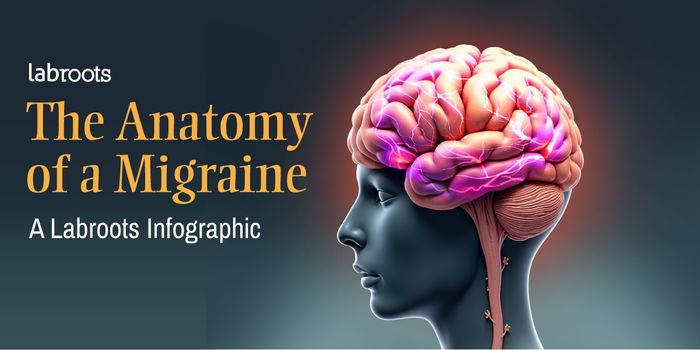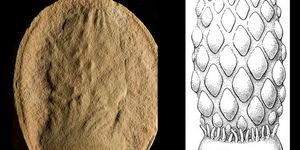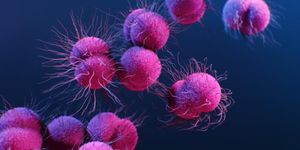Amino Acids Have a Significant Influence on Neuronal Development
The development of the brain has been studied in detail in various organisms, and we know a lot about the genes and cells that are at work during the development of the central nervous system. It is essential for cells to find the proper position in an organism so they can carry out the right functions. Genetic mutations or environmental influences, such as toxins or malnutrition, may disrupt this process. Scientists have now learned more about how specific nutrients play a role in brain development. Reporting in Cell, researchers analyzed nutrient metabolism as the brain developed in a mouse model and revealed that large neutral amino acids (LNAAs) are crucial to brain development.
When the body breaks down food, metabolites like LNAAs are generated. LNAAs are not produced naturally by the body, and have to be consumed. In previous work, these researchers found that in one form of autism spectrum disorder, a genetic mutation in a gene called SLC7A5 impaired the uptake of LNAAs in the brain. The team wanted to know more about how amino acids are involved in brain development
Changes in the metabolic profile of the cerebral cortex were monitored in mice, and LNAAs seemed particularly important during the neurodevelopmental period that immediately followed birth, noted first study author and graduate student Lisa Knaus.
The researchers engineered a mouse model in which the Slc7a5 gene could be deleted under certain conditions; these mutations reduced the size of the brain after birth, a condition called microcephaly. This reduction persisted into adulthood, and there were behavioral changes in these mice that are comparable to symptoms of autism spectrum disorder in humans.
The Slc7a5 gene encodes for a transporter that moves LNAAs into neurons, and without this transporter the neurons were starved of LNAAs. At early stages of development, this did not seem to present a problem, but right after birth, changes were seen. In the mouse mutants, there was a reduction in the thickness of the cerebral cortex compared to normal mice, causing microcephaly in the mutants.
In additional experiments, the researchers labelled individual neurons and found that many neurons in the upper cortex layer had disappeared; the cells were dying right after the mice were born. The researchers found that the neurons without LNAAs were not as active, and this reduction in activity was leading to their elimination. Only the fittest cells are selected for survival, Knaus explained.
After this crucial developmental period was over, the neuronal death leveled off and the neurons' activity rates became normal. However, the mutant mice never got over the initial loss of neurons and their brains remained abnormally small until adulthood. Compared to normal mice, behavioral changes including hyperactivity, sociability defects, and motor issues were observed.
"Our work presents a detailed look at how even small changes in the metabolism and nutrient availability can have severe consequences for brain development and function," added Knaus.
